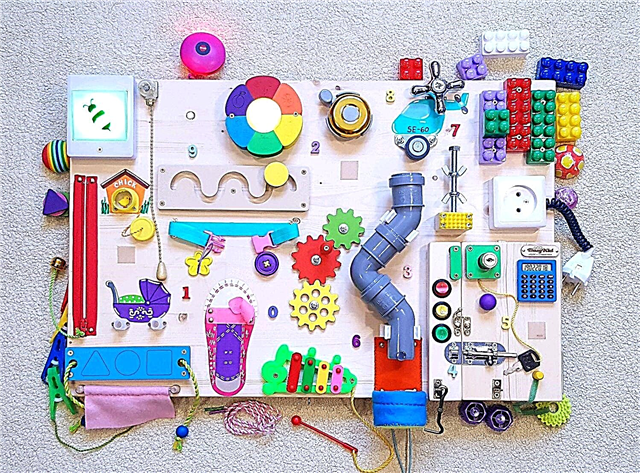Urine analysis is one of the methods of laboratory diagnostics that does not require invasive intervention in the human body, while reflecting a number of metabolic processes. Nitrites can be determined in urine. Let's try to understand their role in diagnosing pathological conditions.
Where does nitrite in a child's urine come from?
Nitrite in urine is formed from nitrate by bacteria present in the urinary system.
Sources of nitrates
How does nitrate get into urine? The answer is simple - with food. When eating plant foods containing nitrates, they are absorbed into the bloodstream. Further, a filtration process takes place in the glomeruli of the kidneys - some compounds from the blood enter the urine as through a sieve. These include nitrates.
A large amount of nitrates is found in root vegetables, in the skins of zucchini and cucumbers, in parsley, celery and other greens.

The mechanism of nitrite formation
Nitrates got into the urine. If there are no microorganisms in the urinary tract, then nitrates will be excreted in the urine, and the nitrite test will be negative.
The presence of bacteria in the urinary system leads to the fact that in the process of their vital activity nitrates are converted into nitrites. As a result, the test becomes positive.
The presence of nitrite in the urine is a sign of bacteria in the urinary tract.
For what diseases will the pediatrician refer the child for analysis?
Most often, if you suspect a pathology of the urinary system, the doctor sends a urine test.
The study of urine for nitrites occurs when:
- inflammation of the urinary system (cystitis, urethritis, and others);
- diabetes mellitus;
- the presence of surgical intervention in the organs of the urinary system;
- suspected pyelonephritis and other cases.
Most often, the doctor sends urine to study the level of nitrites if pyelonephritis is suspected.
Preparation for analysis
Since nitrite levels reflect the presence of bacteria in the urinary system, it is important to properly collect urine and prepare for collection.
A positive result will confirm the presence of bacteria, respectively, the doctor, based on these data, will prescribe antibiotics. However, negligent preparation for urine collection can lead to inappropriate antibacterial therapy, and subsequently to serious complications.
What needs to be prepared in advance?
Urine should be collected in a sterile dry container. Therefore, you need to think in advance about the container in which you will collect urine. You can sterilize a glass jar with a small lid at home. A can for baby food will do.
You can also buy a sterile container at a pharmacy.
Also, the day before the study, it is not recommended to consume substances that change the color of urine, for example, beets.
If you are already taking antibiotics, tell your doctor. It makes no sense to check for microorganisms in the urinary system if you have already suppressed their growth, regardless of whether they were or not.

How to collect urine?
Before urine collection, a genital toilet should be performed. The middle portion of urine is then collected immediately upon awakening.
Urine for research is given in the morning. So it is concentrated during the night, which makes it possible to more accurately determine the number of indicators being determined.
In infants who are unable to independently control the act of urination, urine is collected in urine bags. They can also be purchased at the pharmacy.
It is not allowed to collect urine from diapers, diapers, as they do not preserve the sterility of the biomaterial.
After you have collected the urine, it must be delivered to the laboratory within 2 hours. With prolonged standing of urine, microorganisms can multiply in it, which will lead to a deliberately false positive result.
How is the level of nitrite in the urine of a child determined?
Currently, the determination of the main indicators of urine is carried out using diagnostic test strips. The test strip with indicators is dipped into the urine. Then it is pulled out, time is waited until the reaction occurs.
Quantitative measurement of indicators is carried out on an indicator scale. This can happen visually or with the help of special devices - urine analyzers.
Interpreting Analysis Results
Normally, there should be no nitrite in urine, as well as bacteria, respectively. The presence of bacteria in the urine in most cases confirms pyelonephritis.
However, if the clinical manifestations do not converge, then there are two options for the reasons:
- urine was collected incorrectly, the container is poorly sterilized, long storage of the biomaterial;
- the presence of bacteria in other parts of the urinary system.

Where can I get tested?
The analysis can be handed over free of charge under the compulsory medical insurance policy in the clinic to which they are attached. It is included in a number of indicators determined in the general analysis of urine.
You can also contact the paid services department. On average, the cost of a general urine test is 200 - 300 rubles.
When you independently go to the clinic for an analysis of the level of nitrite in the urine, for decoding the results, consult a doctor who can make a diagnosis in conjunction with clinical manifestations.
Conclusion
Nitrite in urine is a simple method for diagnosing a serious number of pathologies of the urinary system, including the kidneys. It is not worth starting such violations, as they can lead to the development of renal failure. I don’t think that any of the parents would like the child to develop this pathology. Also, to obtain reliable results, be careful about preparing for the study.
Article rating:



